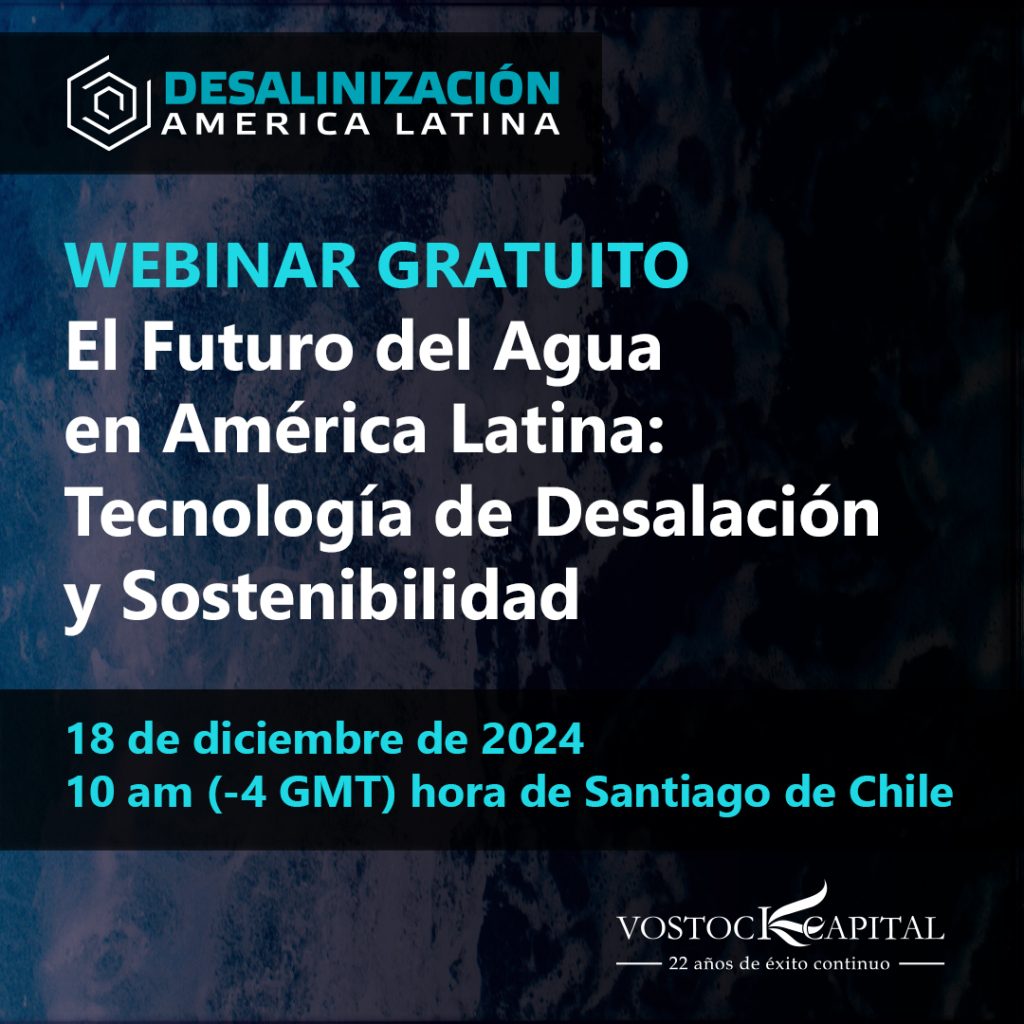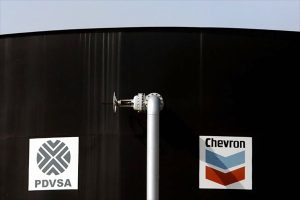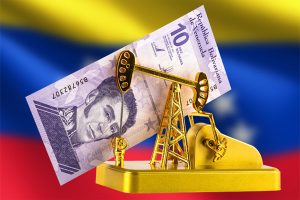
Priscila Pinheiro, Platts S&P Global
RIO
EnergiesNet.com 12 06 2024
In the global move toward reducing greenhouse gas (GHG) emissions and boosting renewable energy sources, regional considerations are crucial. While the EU aims for net-zero emissions by 2035, Brazil and China have set targets to reach approximately 100 g/km of CO2 by the same year, with the US targeting 50 g/km.

A substantial portion of current strategies for the energy transition revolves around reducing emissions from the energy and transport sectors, which are significant contributors to GHG emissions. Fossil fuels demand in Latin America’s transport sector will not peak until 2050, according to S&P Global Commodity Insights forecasts, indicating that it will remain vital for supply security in the region.
Commodity Insights projects that achieving net-zero emissions by 2050 would require global investments amounting to trillions of dollars through 2030, depending on the scenarios and inclusion of low carbon or all energy types. Consequently, both government and private sectors must prepare and adapt to meet voluntary and mandatory net-zero targets within this timeframe. While it is true that diversity in financial investments is important during this transition, recognizing the role of various technologies and strategies is also critical in the drive toward a low-carbon economy.
Electrification with a Latin American twist
The use of internal combustion engines powered by liquid fuels will continue to be relevant in Latin America’s mobility in the foreseeable future. However, electrification has also been gaining traction in the region. For instance, Brazilian battery electric vehicle sales in the first six months of 2024 represented 2.8% of total car sales, compared to only 0.7% during the entire 2023, according to Commodity Insights.

In Mexico, the number has reached 0.4% of total sales, compared to 0.3% a year ago, according to Commodity Insights.
And while electrification is championed as a key solution for reducing emissions, its effectiveness must be evaluated through a life cycle analysis. The energy matrix must also be considered – if a country relies heavily on coal for power generation, transitioning to electric vehicles may not achieve the desired decarbonization goal.
In larger economies, electric vehicles are already significantly impacting sales. In China, electric and hybrid cars account for 45% of light vehicle sales, 19% in Europe and 10% in the US. EV sales are expected to surpass ICE vehicle sales globally by 2036, according to Commodity Insights projections.
However, due to the volume of the existing ICE vehicle fleet, the market share of EVs will only catch up by 2050. Electrification also presents challenges, such as the need for extensive charging infrastructure to support long-distance travel as well as concerns around the reliability of supply chains involved in the production of battery metals like copper, cobalt, nickel and lithium. Moreover, not all transport sectors are expected to follow the electrification trend. Sectors such as marine, aviation and heavy vehicles are less likely to adopt electrification in the near term.
In Latin America, most of the policies aimed at fostering biofuels usage are focused on volumetric blending mandates. Brazil leads with a 27% blend rate for ethanol in gasoline and a 14% in biodiesel (FAME) mix into diesel. The other top markets mandating biofuel use are Argentina, Colombia, Paraguay and Peru. Cars manufactured in Brazil are required to run on either gasoline or ethanol, or so-called flex cars.
In 2019, Toyota pioneered a technology that is hybrid flex, or can run on both electricity and gasoline or ethanol. Other carmakers are expected to invest in developing similar technologies over the next five years.
The biofuels pathway
In Latin America, multiple strategies are being simultaneously implemented to reduce GHG emissions. These include enhancing the efficiency of current fuel production and logistics processes, advancing technologies such as carbon capture, utilization and storage, and developing renewable or low-carbon hydrogen. Producing advanced fuels like sustainable aviation fuel (SAF) and renewable diesel and promoting the use of biofuels are also key in the region’s transition.
The agribusiness sector in key Latin American countries contributes to a rich supply of feedstocks, which is likely to bolster biofuel production and policy in the region and abroad. In 2023, Latin America accounted for approximately 25% of the global biofuels market production, according to Commodity Insights.
There is also a focus on utilizing low-intensity feedstocks such as used cooking oil (UCO), tallow and other emerging resources. Colombia is focused on reducing its carbon footprint through renewable energy projects and reforestation, alongside investments in electric public transport and emission reductions in the transport sector.
Costa Rica stands out with nearly 100% of its electricity sourced from renewables, emphasizing hydropower, wind and geothermal energy, and promoting electric vehicles. Mexico aims to boost renewables in its energy mix and improve energy efficiency, especially in the industrial and transportation sectors.

Brazil in focus
Brazil plays a key role in the region as a pioneer in establishing policies and other legal instruments for biofuels and electrification. As the world’s largest producer of sugarcane and soybeans, and the second largest producer of ethanol and first-generation biodiesel (FAME), it also has a crucial role in global agribusiness and biofuels market.
The country’s National Biofuels Policy, or RenovaBio, aims to boost the use of biofuels and create a market issuing decarbonization credits called CBIO to offset GHG emissions by fossil fuels to reduce the carbon intensity of Brazil’s transportation sector. One CBIO is equivalent to 1 metric ton of CO2 equivalent that is not released into the atmosphere via the use of certified biofuels over traditional fossil fuels.
Meanwhile, Brazil’s Mover program aims to reduce the transport sector’s carbon emissions by 50% by 2030, compared to a 2011 baseline, by increasing mandatory sustainability requirements for new vehicles sold in the country, using an approach that analyses the entire cycle of the energy source used. Brazil’s Fuels of the Future bill, which received presidential approval on Oct. 8, is also crucial to the country’s decarbonization program. The bill creates new national programs for renewable diesel, SAF and biomethane use, and increases the blend rate of ethanol and biodiesel in gasoline and diesel.
According to forecasts from Commodity Insights, an additional 20 billion liters of liquid biofuels is expected to be used in Brazil by 2050, or around 60 billion liters of total biofuels demand.
The road ahead
The energy transition will involve several strategies, with biofuels and electrification being central to achieving a lower carbon economy. EVs could help reduce gasoline consumption in light vehicles, while biofuels such as biodiesel, renewable diesel and co-processed diesel may serve as alternatives to meet the diesel needs of medium and heavy-duty vehicles. The use of biodiesel blended with bunker fuel is also emerging as a trend in both Brazil and Argentina to lower emissions.
SAF is the primary pathway for the airline industry, although the sector will need to address the impact of fuel prices on its overall cost structure. As energy transition strategies continue to focus on reducing emissions from the energy and transport sectors, which are major GHG emitters, the role of biofuels in Latin America is poised to be a critical component of the region’s low-carbon future.
Looking ahead, Latin America’s demand for biofuels could position the region as a key player not only in meeting domestic mandates but also in supplying biofuels and feedstocks to other countries striving to achieve similar decarbonization goals.
With Beatriz Pupo and Fellipe Balieiro
This article was first published in the October 2024 edition of the Commodity Insights magazine .
spglobal.com 12 05 2024








